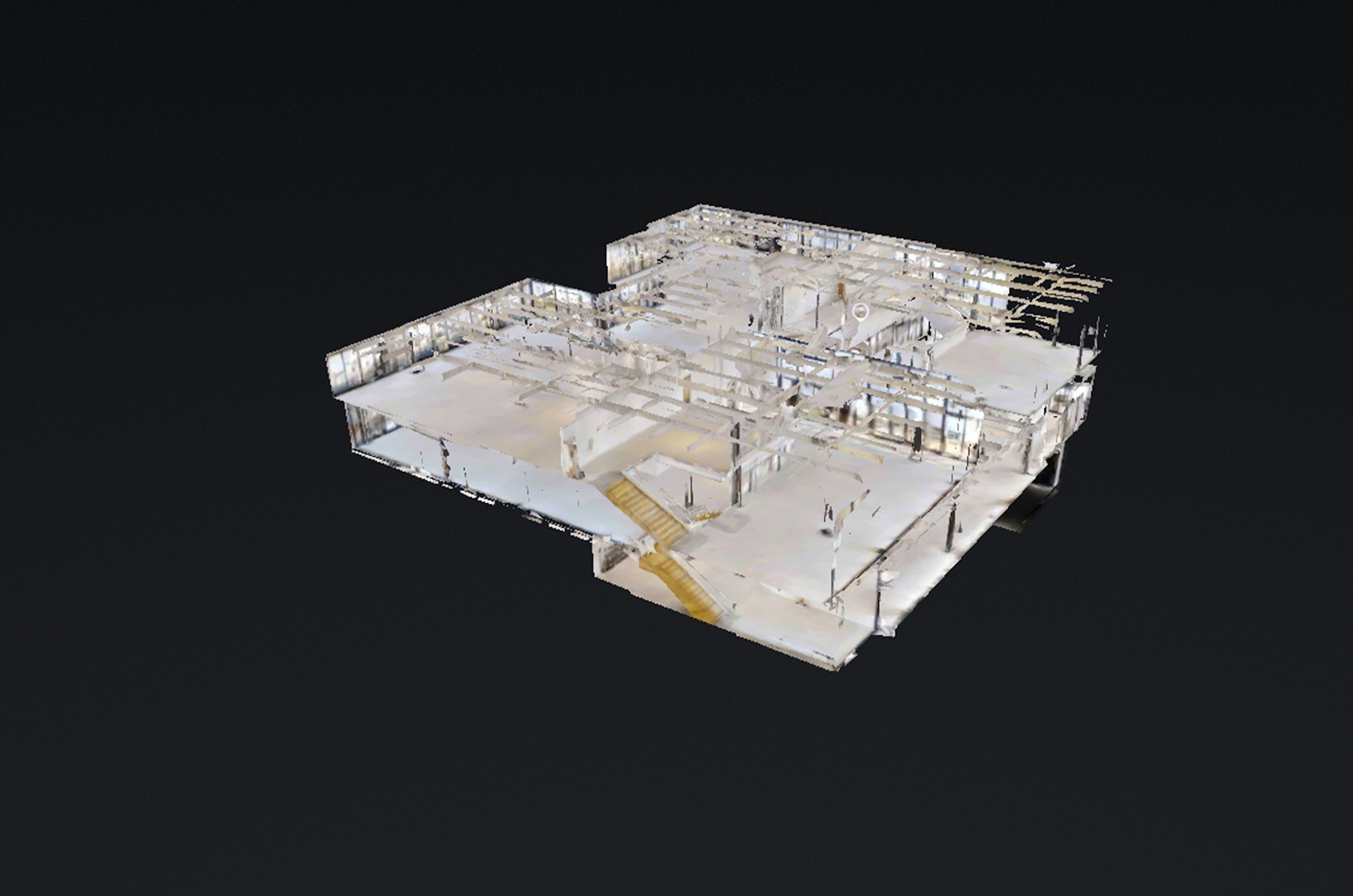In today’s digital age, colleges and universities are constantly seeking innovative ways to showcase their unique strengths and offerings to prospective students. One powerful tool that has gained significant traction in recent years is 360 virtual tours.
By providing immersive and interactive experiences, 360 virtual tours offer a glimpse into the daily life of a college campus, allowing potential students to explore and engage with specific departments in a highly immersive and memorable way. In this blog, we’ll explore the benefits of using 360 virtual tours to highlight specific departments at colleges and universities, and provide practical advice on how to create and implement these tours effectively.
Benefits of 360 Virtual Tours:
- Increased Engagement: 360 virtual tours offer an unparalleled level of engagement, allowing students to explore and interact with specific departments in a highly immersive and memorable way.
- Cost-Effective: Virtual tours eliminate the need for on-campus visits, reducing costs associated with travel and accommodation.
- Increased Accessibility: 360 virtual tours can be accessed from anywhere in the world, making them an ideal solution for students from diverse backgrounds.
- Improved Student Retention: Virtual tours provide students with a deeper understanding of the college’s offerings, leading to improved student retention and satisfaction.
New Ideas and Advice:
- Create a Virtual Tour for Each Department: To maximize the effectiveness of your 360 virtual tours, consider creating a separate tour for each department on campus. This will allow students to focus on specific areas of interest and gain a deeper understanding of the college’s offerings.
- Incorporate Interactive Elements: To keep students engaged, incorporate interactive elements such as hotspots, videos, and animations throughout the tour. This will help students to learn more about each department and its offerings.
- Use High-Quality Audio and Visuals: To create a truly immersive experience, ensure that your 360 virtual tours feature high-quality audio and visuals. This will help students to feel as though they are actually on campus, exploring the department firsthand.
- Make it Mobile-Friendly: With many students accessing virtual tours on their mobile devices, ensure that your 360 virtual tours are mobile-friendly and easy to navigate.
- Monitor and Analyze Engagement: To optimize the effectiveness of your 360 virtual tours, monitor and analyze student engagement and feedback. This will help you to identify areas for improvement and make data-driven decisions.
Conclusion:In conclusion, 360 virtual tours offer a powerful tool for colleges and universities to showcase their unique strengths and offerings to prospective students.
By creating separate tours for each department, incorporating interactive elements, and ensuring high-quality audio and visuals, colleges can provide students with an unparalleled level of engagement and understanding. By following the tips and advice outlined in this blog, colleges can create effective 360 virtual tours that drive student engagement and retention.







